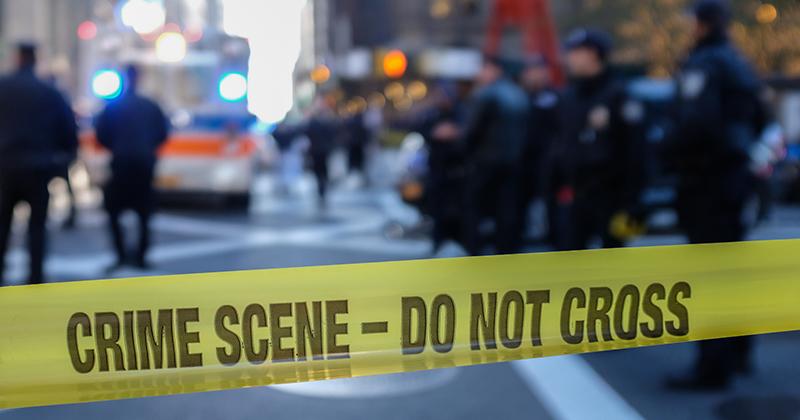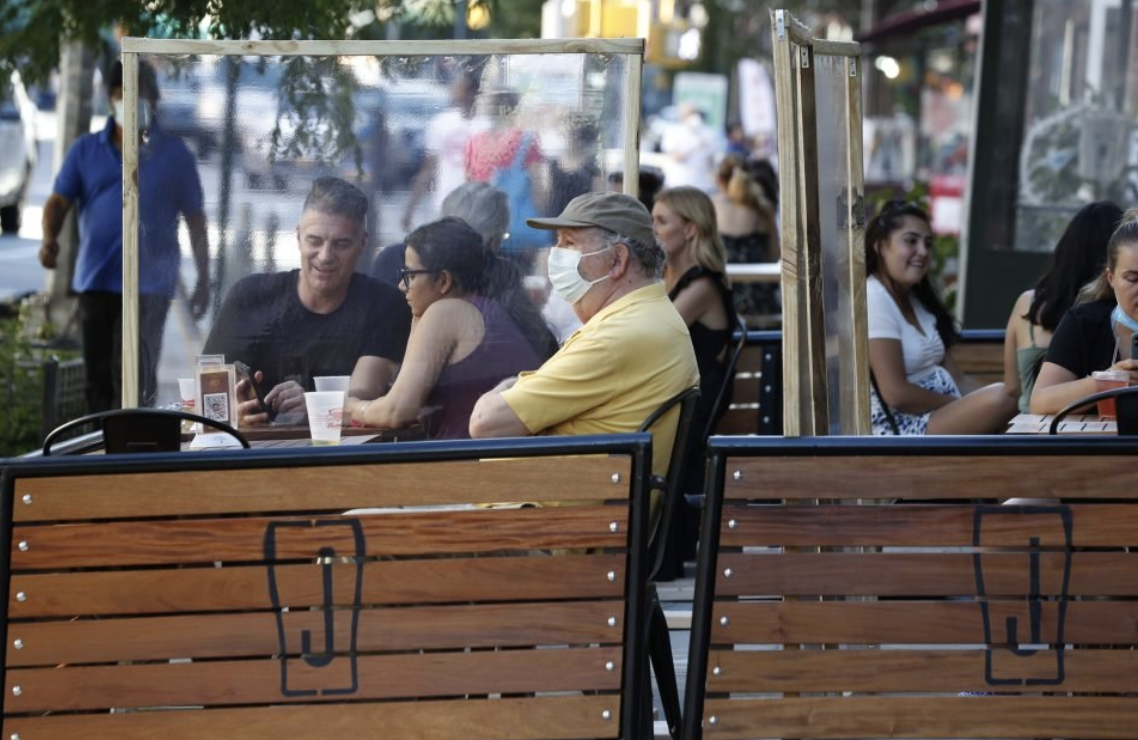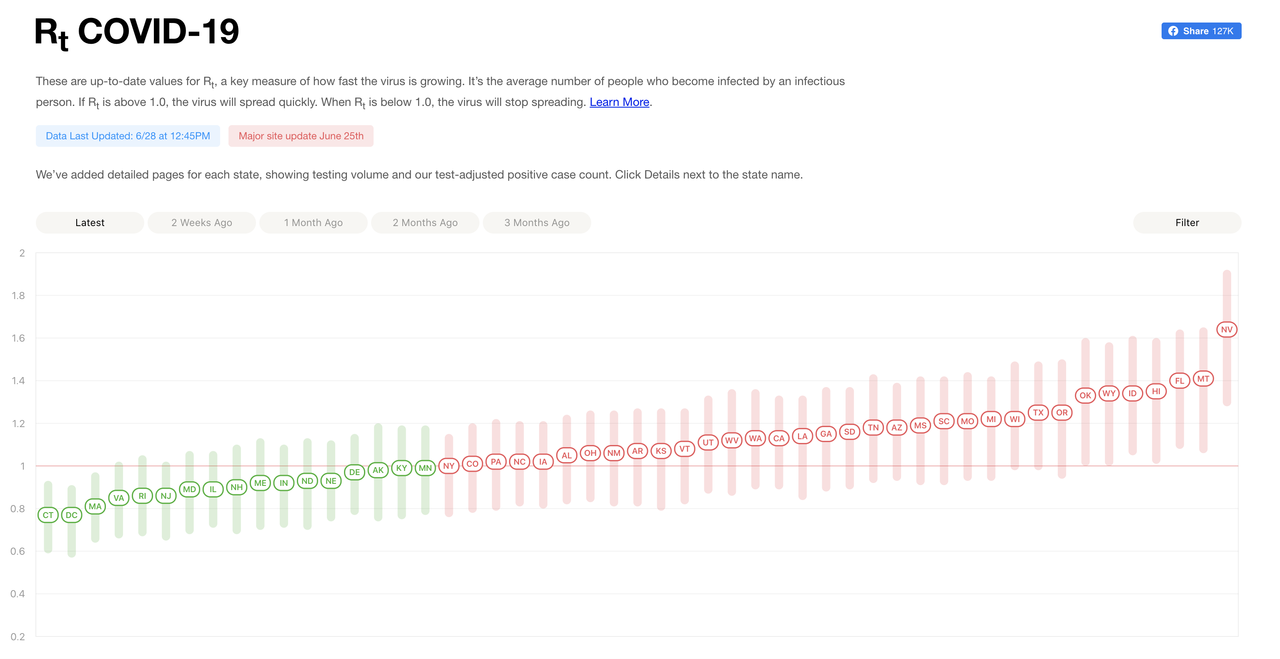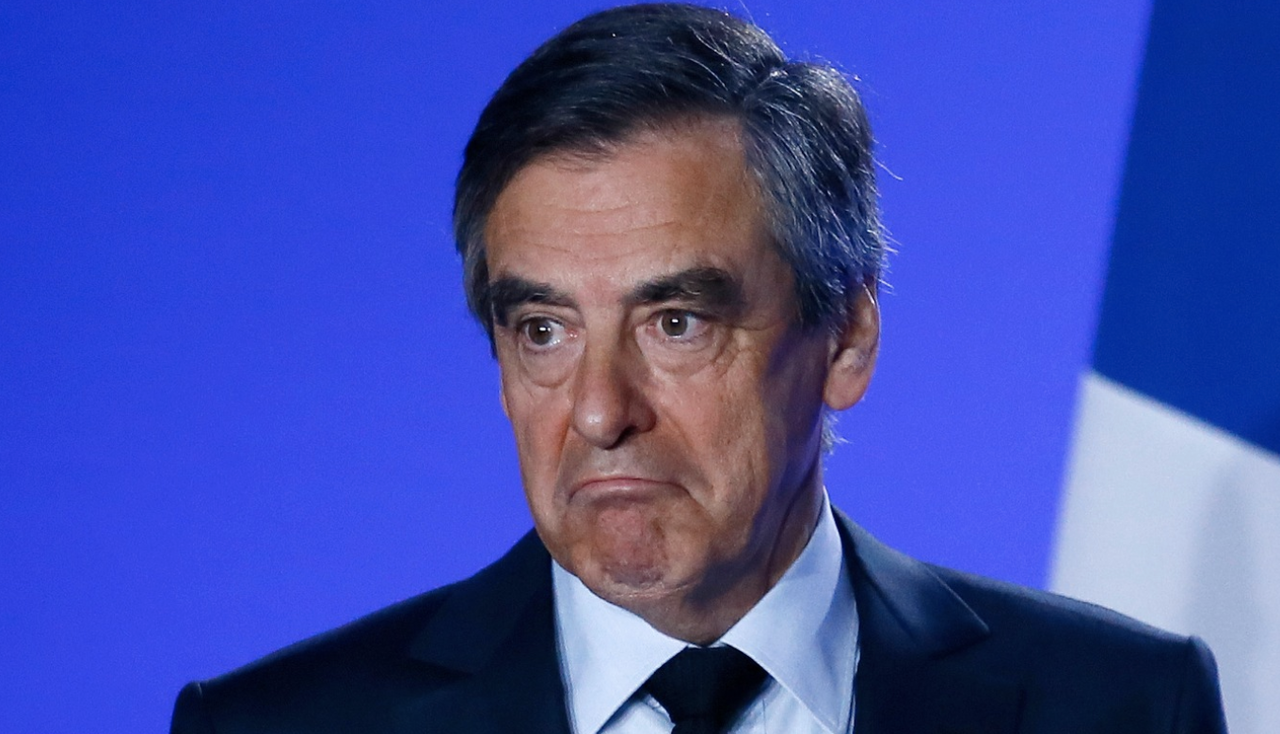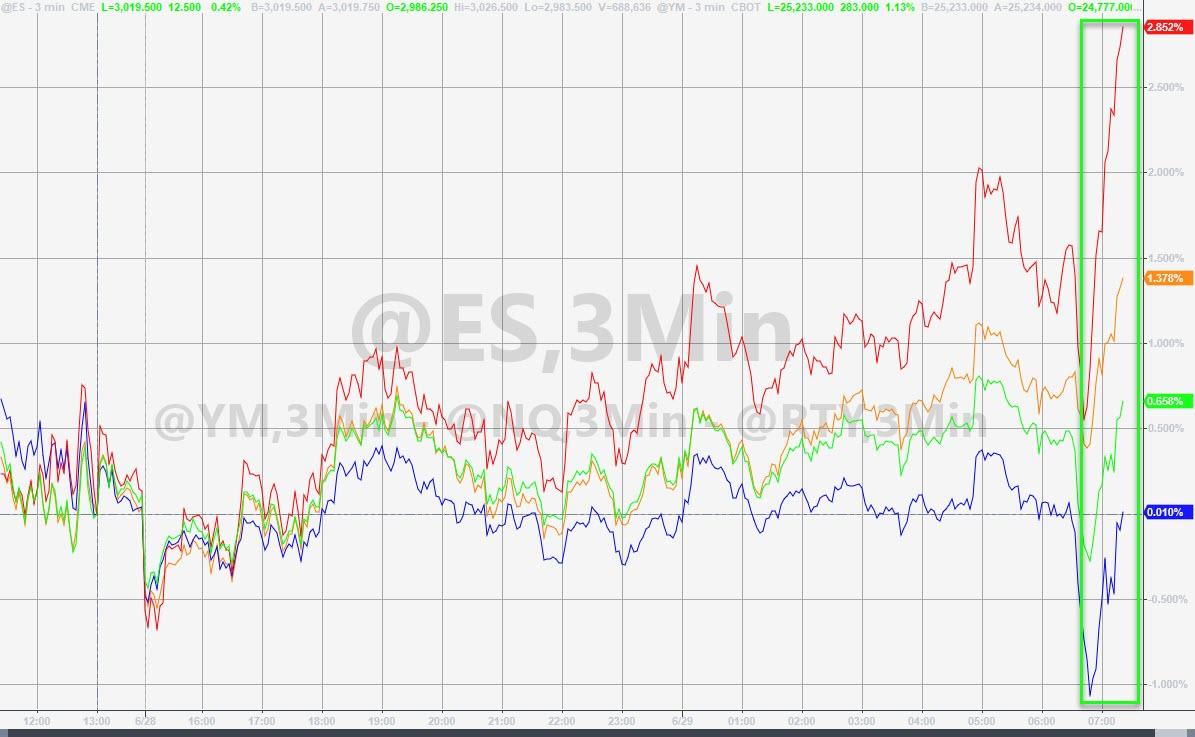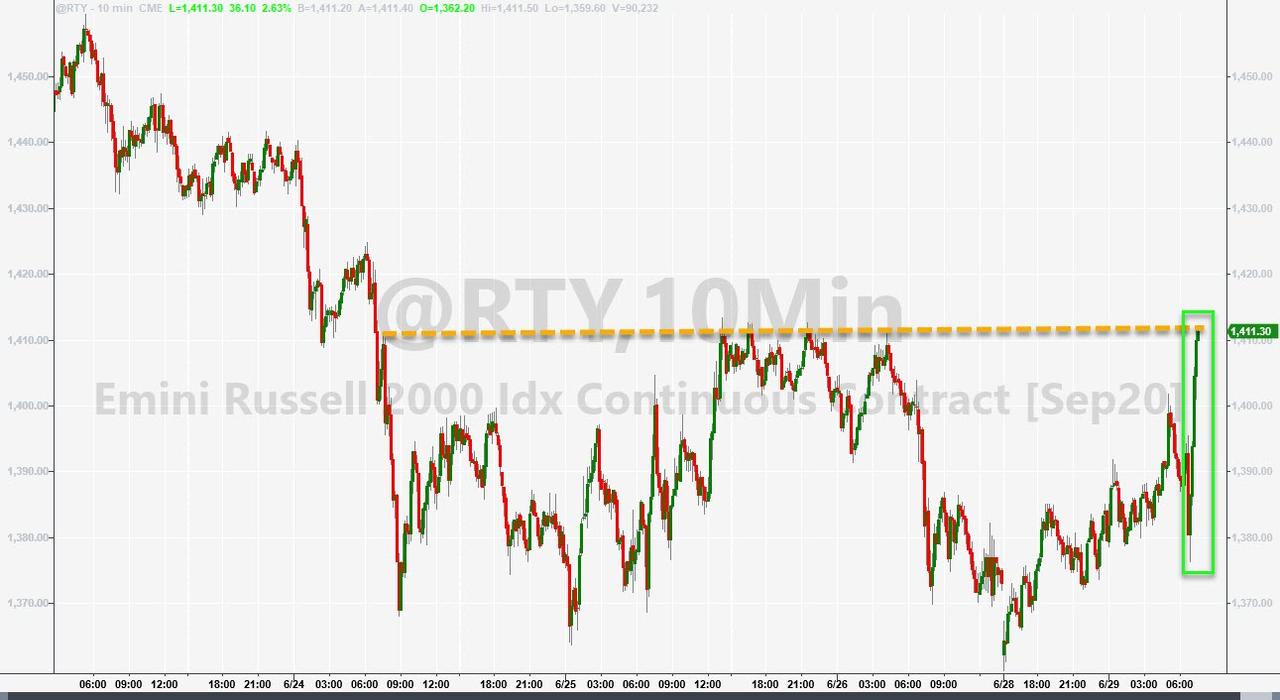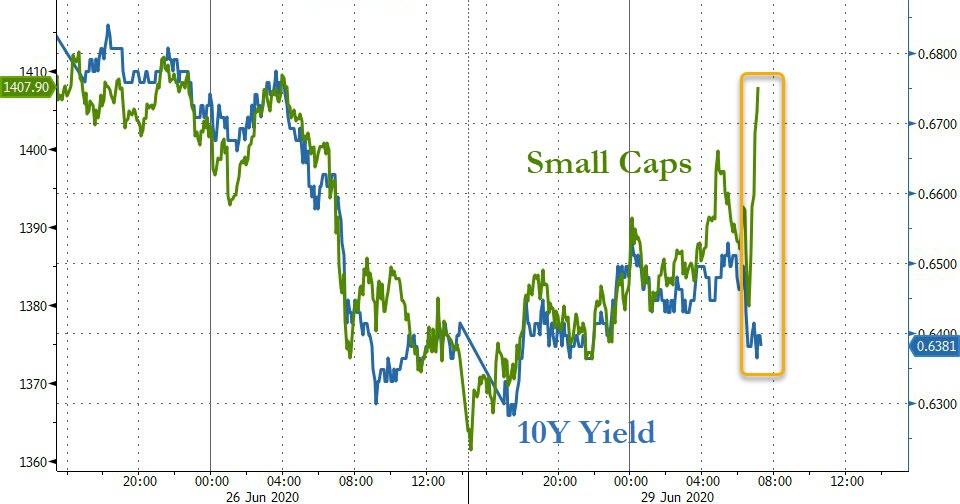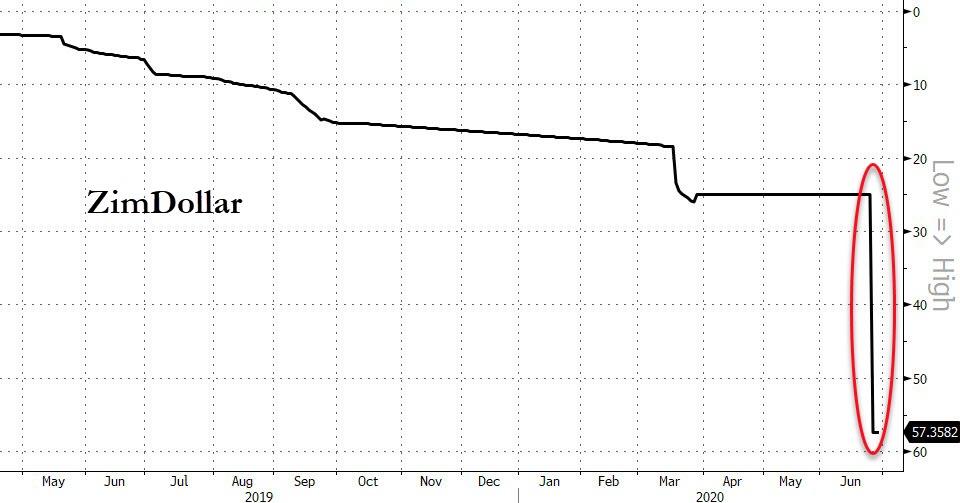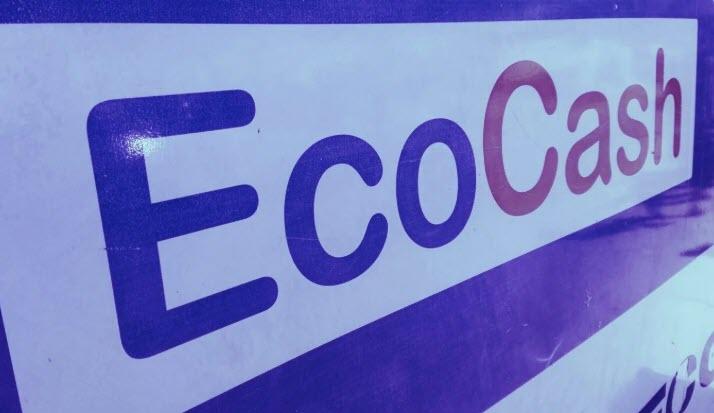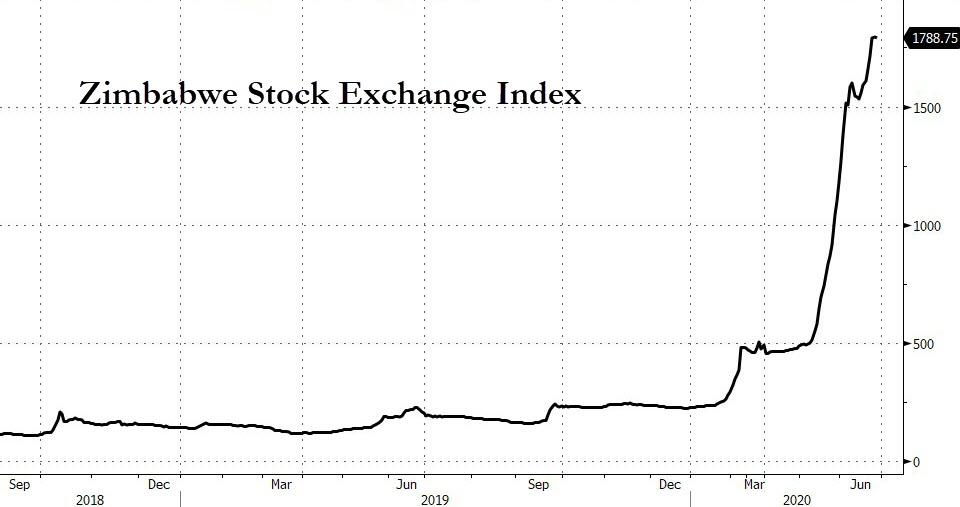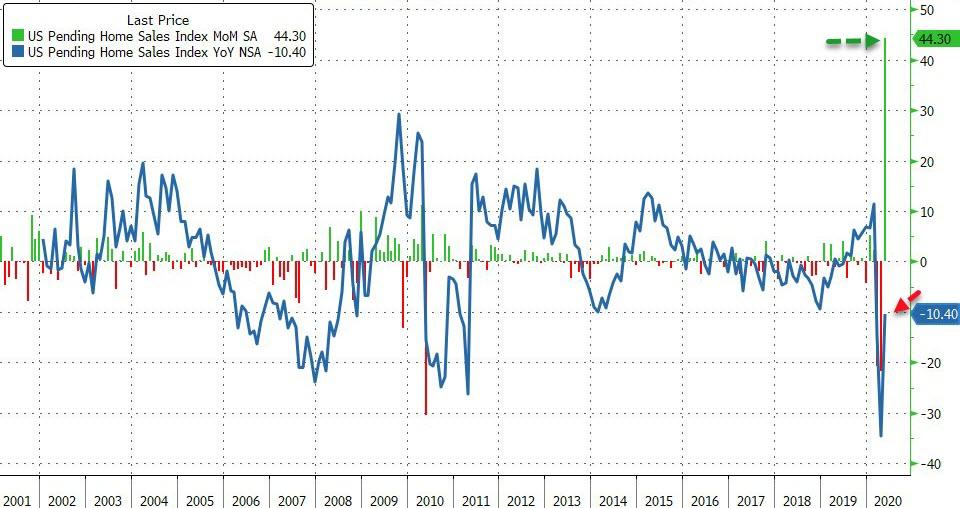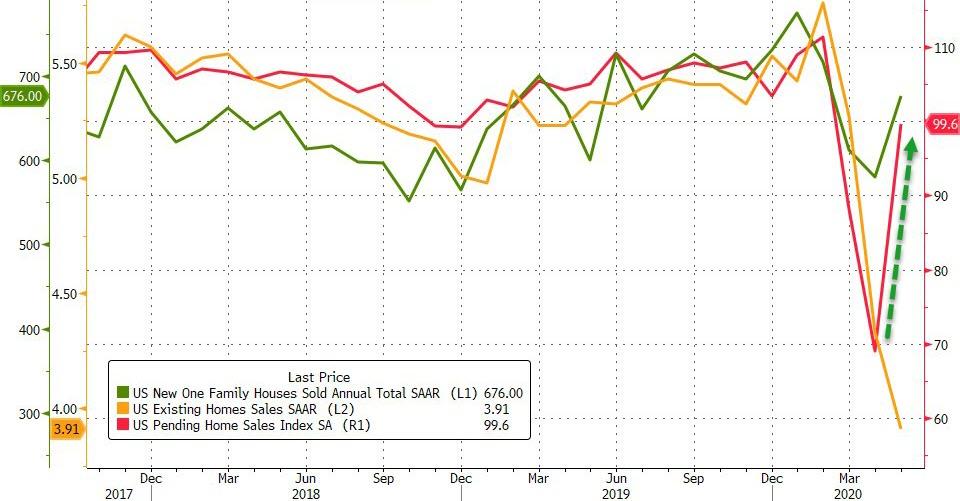As COVID-19 case counts rise and some states start reviving their shutdown orders, regulators are coalescing around the idea that we reopened too fast.
Many people have been taking precautions while going to restaurants, churches, hair salons, and so on, and many businesses have been great about taking steps to keep customers safe. But a few “super spreader” events, plus social-media images of people packed maskless into crowded spaces, have sparked a lot of ire at the lifting of the lockdowns. Packed-in, mask-free groups make an easy target among calls to take more action.
Texas Gov. Greg Abbott announced last week that restaurants must not exceed 50 percent capacity, “outdoor gatherings of 100 or more people must be approved by local governments,” and bars with less than 50 percent revenue from food must close entirely.
“As I said from the start, if the positivity rate rose above 10%, the State of Texas would take further action to mitigate the spread of COVID-19,” Abbott said in a statement. “At this time, it is clear that the rise in cases is largely driven by certain types of activities, including Texans congregating in bars.”
Florida, too, has once again ordered bars to close for on-premise drinking. (“On Saturday, Florida reported more than 9,500 new cases, up from almost 9,000 on Friday, the previous record,” notes Yahoo News.) And in California, the Los Angeles Times reports, the governor just told seven counties “to immediately close any bars and nightspots that are open and recommended eight other counties take action on their own to close those businesses. The order shuts down any bar, brewery or pub that sells alcoholic drinks without serving food at the same time.”
How did we get here again so quickly?
Following a March and April marked by strict shutdowns—and by high-profile protests in favor of reopening—states started phasing out strict COVID-19 containment measures throughout May and June. Cases in early hotspots such as New York had started dwindling, after all, and major outbreaks had yet to hit many American states. We had indeed slowed the spread, and we now knew more about how the contagion happened, too. It had more to do with person-to-person proximity than with germs on surfaces, more to do with indoor activities than with outdoor ones—and masks, even a basic cloth covering, seemed to help stop the spread. Meanwhile, unemployment numbers continued to skyrocket, people needed to see doctors for non-virus reasons (and really wanted haircuts), and the weather was suddenly perfect for spending time outdoors. The risk-benefit analysis seemed squarely on the side of at least some reopening.
Health experts advised that to make things go smoothly, people should still maintain a physical distance from others, be extra-vigilant about what they touch, and wear a mask or some sort of facial covering as much as possible outside the home. It’s no one’s ideal of what social interaction, shopping, dining out, or doing one’s job would look like. But it did present a way for us to get back to some semblance of normal life—and more economic activity—without just accepting that tons more people would die or waiting months or years for a vaccine.
Plus, voluntary measures taken by individuals and businesses can be an effective hex against government mandates. People taking precautions and proving we can socialize responsibly during a pandemic seems the best way to keep authorities from banning bars and barbershops, ordering everyone home, and making it a federal crime to leave the house without a mask.
Alas, there’s been a sustained crusade against voluntary mask-wearing and social distancing. It has been encouraged by President Donald Trump, whose refusal to wear a mask gives succor to those who treat this basic precaution as a partisan symbol that Team Read should reject. “Unfortunately, wearing a mask has become a political issue for many people,” as Robert Jeffress—senior pastor at the 13,000-member First Baptist Church in Dallas—wrote recently in an op-ed about churches reopening safely (and urging people not to buy this mask politicization). Meanwhile, mixed messages from on high have made it easier for all sorts of people, not just Trump loyalists, to shrug their shoulders and crowd into bars, casinos, restaurants, religious services, etc., without wearing masks or otherwise observing any sort of breath- and spit-distancing policy.
Now positive coronavirus tests in many areas have started to trend back up. “Confirmed coronavirus cases in the United States surpassed 2.5 million on Sunday as a crushing new wave of infections continued to bear down throughout the country’s South and West,” The Washington Post reports. “Across the nation, 40,587 new daily cases were reported.” (Death rates, fortunately, have not yet started to climb.)
Several factors are likely behind this increase, and it’s hard to definitively separate them. Some can certainly be attributed to increased testing, but myriad health experts and public officials say there’s more to it than just that. In general, there’s evidence that the majority of infections are spread by a minority of “super spreaders.”
Meanwhile, empirical evidence backs up the idea that transmission risk is lower when people wear masks. See, for instance, this study published in the Proceedings of the Royal Society A. Or, on an anecdotal level, the Missouri hair stylist who started seeing customers again, then tested positive for COVID-19—she and her customers had all worn masks, and none of the customers contracted it from her.
There’s also interesting, if far from conclusive, information to be gleaned from the thousands of mostly masked people crowded together at outdoor protests in the beginning of June—with little evidence as of yet that these were major sources of spread. In fact, health officials in some areas with large protests, including New Orleans, say few new people who test positive report having been out protesting.
At the same time, we’re seeing more and more stories about particular indoor bars, house parties, or church services with unmasked patrons becoming major sites for COVID-19 transmission.
“An outbreak at a Pentecostal church in Oregon, where hundreds of worshipers resumed gathering over Memorial Day weekend, forced an entire county to return to phase one of its reopening after local officials traced 258 cases of Covid-19 back to the facility,” notes Politico. “In West Virginia, six health departments across the state have reported coronavirus outbreaks linked to churches. One of them, a Baptist church in Greenbrier County, had 34 congregants test positive for the virus. And in Texas, which hit an all-time high of new cases last week, health officials have received numerous reports of church-related exposures.”
Masks and a certain amount of social distancing during public outings aren’t a perfect precaution, but they are a reasonable precaution—one that seemed poised to allow American cities and states to start being open for business again. But a lot of people seem to think that lifting the lockdowns means the risk is over, and are behaving accordingly. (This itself raises questions about the unintended consequences of the lockdown approach.) Whether this actually accounts for rising COVID-19 numbers is unclear, but it’s already fueling stricter regulations.
QUICK HITS
• The European Union is now thinking about excluding Americans from people who will be allowed to start traveling to countries there.
• On Saturday, the state of New York saw its lowest daily deaths from COVID-19 since March 15, with five new deaths. “This compared to 13 fatalities the day before as the number of fatalities caused by the virus continues to plummet in the state. During the peak of the pandemic in April, nearly 800 people were dying a day from coronavirus.”
• How coronavirus is demolishing college towns.
• Matt Taibbi reviews White Fragility.

from Latest – Reason.com https://ift.tt/2YIgGSg
via IFTTT
